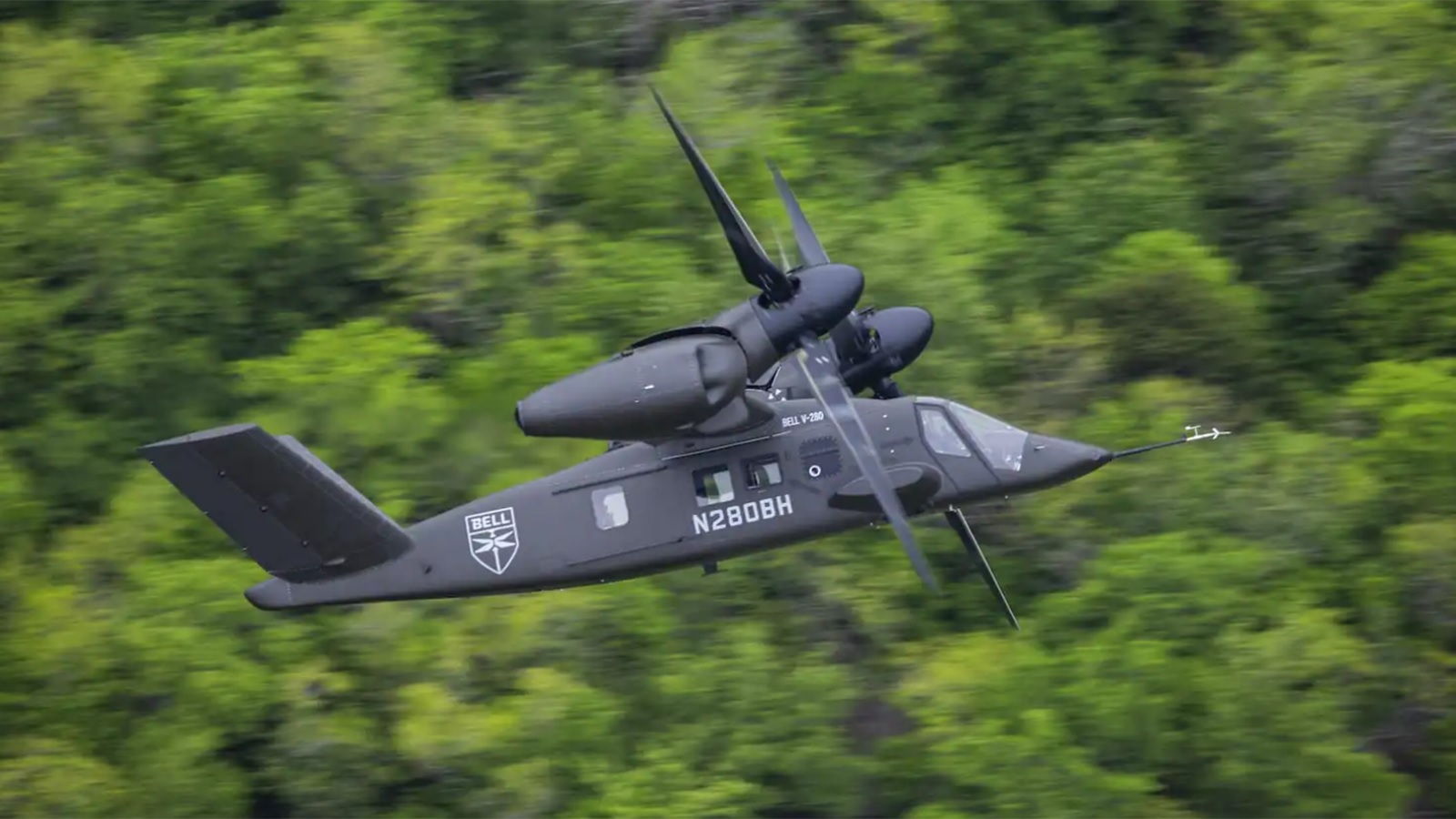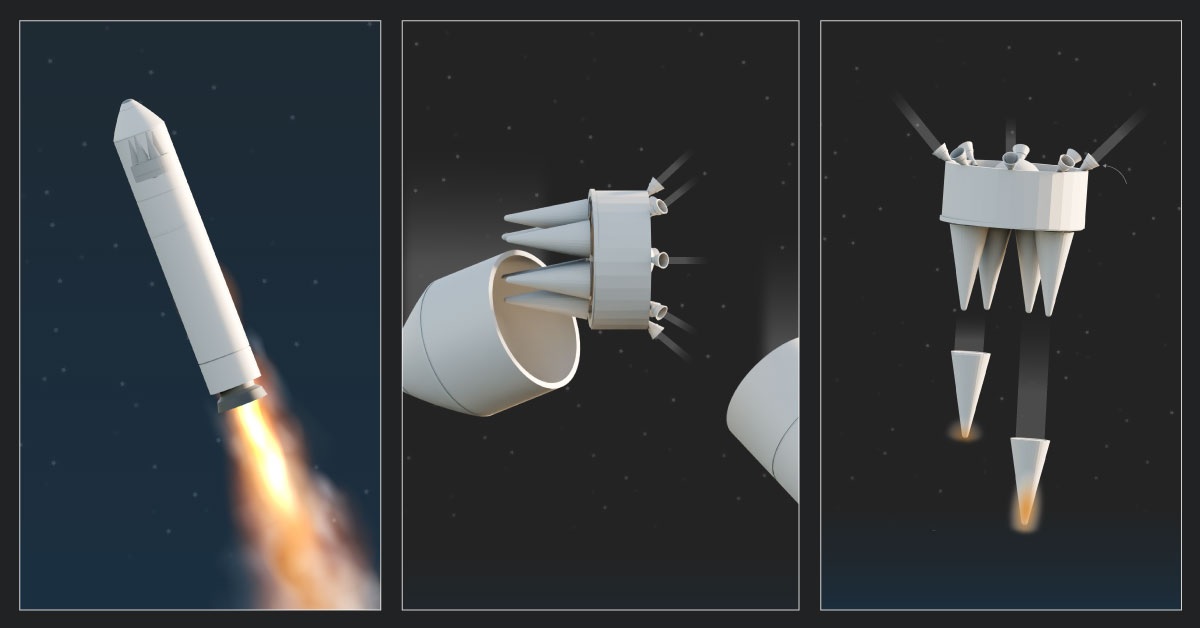India Raises Chinese Surveillance Facilities at Coco Islands with Myanmar

The establishment of Chinese monitoring and surveillance facilities on Myanmar Coco Islands in the Bay of Bengal, with the potential to track India missile launches and strategic assets, has raised significant concerns for India. This issue, first brought to attention by George Fernandes, the Defence Minister in the Vajpayee government, has become a focal point of discussions between India and Myanmar.
While India continues engagement with Myanmar current political leadership led by Senior General Min Aung Hlaing, South Block has expressed dissatisfaction with Naypyidaw responses regarding Coco Islands. Despite denials from the Myanmar junta about Chinese involvement in runway extension, hardened shelters, monitoring stations, and infrastructure development on Coco Islands, India remains wary.
The complex dynamic between Myanmar and China comes into play, with Myanmar reluctantly aligning itself with Beijing due to extensive engagement and aid, especially after being isolated by the West following the 2021 coup against Aung San Suu Kyi. China efforts to establish dominance in the Bay of Bengal and the Indian Ocean, including the Belt and Road Initiative, further complicate the situation.
Satellite imagery and intelligence reports indicate the expansion of Coco Island runway to accommodate transport aircraft flights, construction of new facilities, and the presence of around 1500 military personnel, including Chinese forces. The ongoing construction of a causeway to link with Jerry Island adds to the strategic developments in the region.
Despite India efforts to address the Coco Islands issue with Myanmar, there is growing apprehension about the People Liberation Army (PLA) monitoring India nuclear submarines near Visakhapatnam. The newly constructed naval base at Rambilli, in close proximity to Visakhapatnam, raises concerns about the PLA capability to monitor the movement of India submarines, particularly its ballistic missile firing submarines based on the eastern coast.
The geographical alignment of India ballistic missile test firing ranges at Balasore and APJ Abdul Kalam Island with Coco Island heightens the risk. The Chinese deep state potential to monitor the range and lethality of Indian missiles through air surveillance and ballistic missile tracking ships in the Indian Ocean adds another layer of complexity to the situation. As India navigates these strategic challenges, the Coco Islands issue remains a crucial point of concern in the evolving geopolitical landscape.



